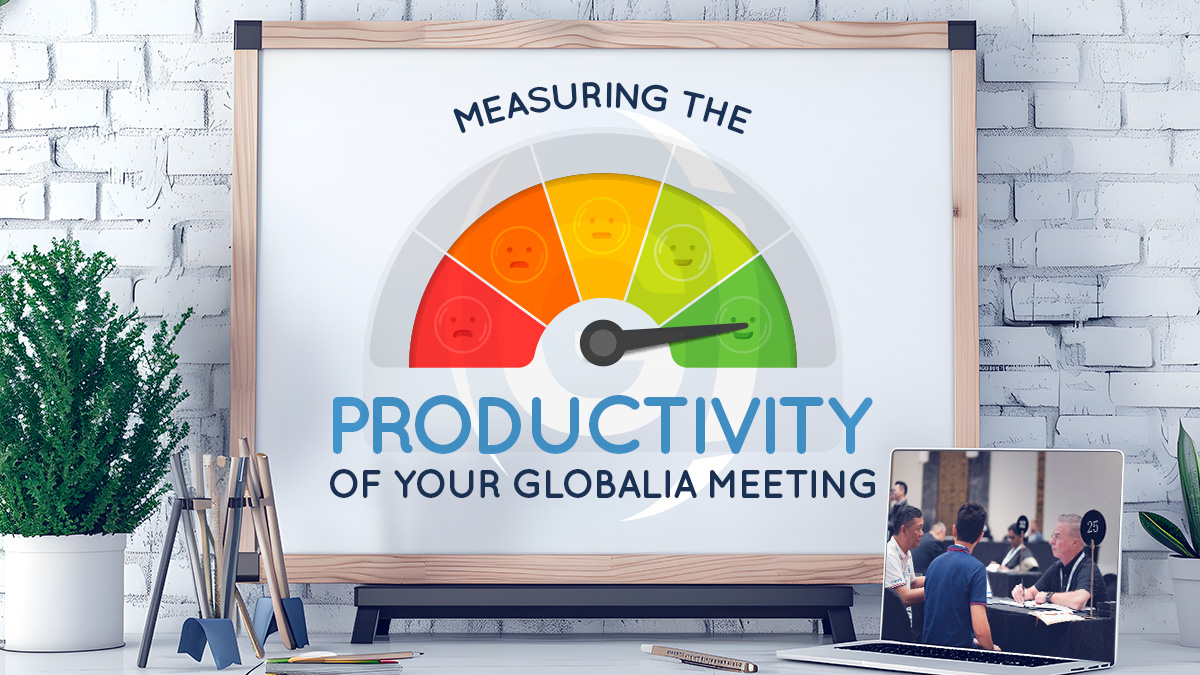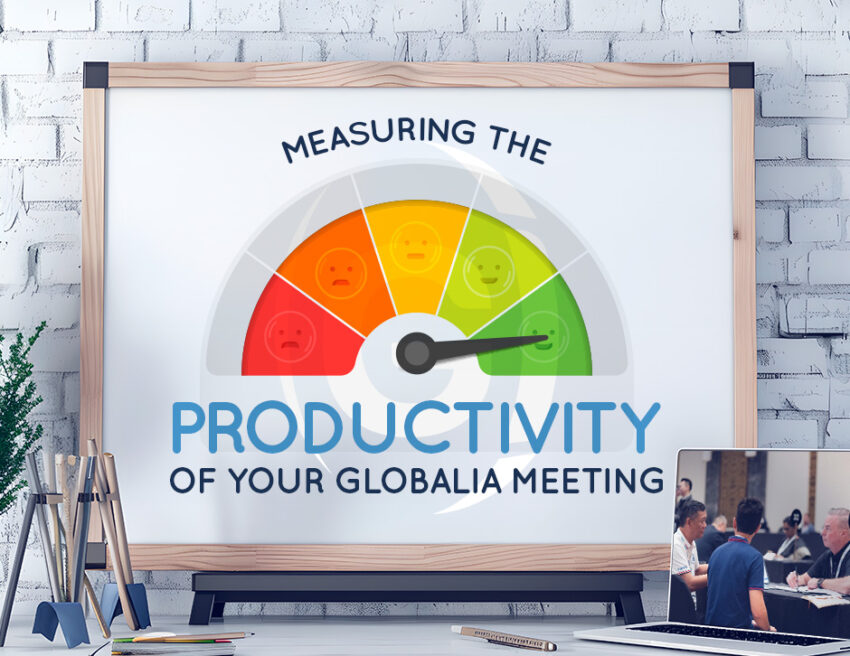The Globalia Logistics Network’s Annual Meeting is a pivotal event, bringing together international logistics companies for face-to-face discussions on future collaboration projects. The value of such gatherings is immense, but how can you measure the productivity of your participation as a member of one of the best logistics networks? Here are some key metrics and strategies to ensure that you are maximizing your time and resources.
Post-Meeting Review
After the meeting, it is essential to conduct a thorough review of your goals and outcomes. Start by asking yourself whether you met or exceeded your goals. If your goals were not met, it is crucial to analyze the reasons behind this shortfall. Understanding the gaps between expectations and results can provide valuable insights for future improvements. Consider questions like: Did you set realistic and attainable goals? Were there external factors that impacted your outcomes? What could you have done differently to achieve better results? This reflective process will help you better prepare for future events.

Assessing the Usefulness of Contacts
Not all contacts are created equal. Some will lead to immediate business opportunities, while others might be more about long-term relationship building. Here are some considerations to keep in mind when evaluating the usefulness of your contacts:
- Quality Over Quantity: It is more beneficial to focus on the quality of the contacts rather than the quantity. A few strong, actionable connections are more valuable than a large number of weak ones. Quality contacts are those who have the potential to contribute significantly to your business goals, whether through direct business opportunities, valuable insights, or strategic partnerships.
- Categorize Your Contacts: After the meeting, categorize your contacts into tiers based on their potential business value. This can help you prioritize follow-up actions. For example, Tier 1 contacts might include those with immediate business opportunities, while Tier 2 and Tier 3 contacts might represent medium-term and long-term relationship-building prospects, respectively.
- Follow-Up Strategy: Develop a clear follow-up strategy for each tier of contacts. Personalized follow-ups within a week of the meeting can help solidify these connections. Consider sending tailored emails or scheduling follow-up calls to discuss potential collaborations and express your interest in maintaining the relationship. Effective follow-up strategies demonstrate your commitment and professionalism, making a positive impression on your contacts.
Evaluating Results
Assessing the results of the meeting involves looking at both qualitative and quantitative outcomes. Here are some key aspects to consider:
- Immediate Outcomes: Measure the immediate results of the meeting, such as new contracts signed, deals closed, or specific commitments made. These tangible outcomes are easy to track and provide a clear indication of the meeting’s productivity. For instance, if you secured a significant contract or partnership during the meeting, this is a strong indicator of success.
- Long-Term Potential: Evaluate the long-term potential of the relationships formed during the meeting. Some connections might not yield immediate results but could be valuable in the future. Consider the strategic importance of these relationships and how they align with your long-term business goals. For example, a contact who provides valuable industry insights or opens doors to new markets can be a valuable asset over time.
- Feedback and Insights: Gather feedback from your team and other attendees. What insights did you gain from the meeting? What trends did you notice in the industry discussions? Understanding these qualitative aspects can help you identify emerging opportunities and challenges in the logistics industry. Additionally, team feedback can highlight areas where you excelled and areas needing improvement.
Best and Worst Actions: Continuous Improvement
To ensure continuous improvement for future meetings, it is essential to identify what worked well and what didn’t. Here are some strategies to consider:
- Best Practices: Identify the actions that led to the most productive outcomes. Did a particular presentation or approach resonate well with potential partners? Document these best practices for future reference. For example, if a specific presentation format or networking strategy was particularly effective, make a note of it and consider using it in future meetings.
- Areas for Improvement: Acknowledge the actions that didn’t work as well. Was there a session that didn’t yield the expected results? Analyze why and consider how you could approach it differently next time. This might involve adjusting your presentation style, refining your pitch, or choosing different networking strategies.
- Feedback Loop: Establish a feedback loop with your team. Regular debriefing sessions can help in capturing what went well and areas that need improvement. Encourage open and honest communication within your team to ensure that everyone’s perspectives are considered. This collaborative approach can lead to more comprehensive insights and better strategies for future meetings.
- Adjust Strategies: Use the feedback to adjust your strategies for future meetings. Continuous learning and adaptation are key to success in the dynamic logistics industry. Stay informed about industry trends and be willing to experiment with new approaches. By being proactive and flexible, you can stay ahead of the competition and maximize the benefits of your participation in future meetings.
Conclusion
Measuring the productivity of your meeting at Globalia Logistics Network Annual Meeting is crucial for maximizing the benefits of such a significant event. By setting clear targets, focusing on the quality of contacts, evaluating immediate and long-term results, and continuously improving your approach, you can ensure that you derive maximum value from your participation. Remember, the key to success lies not just in attending these meetings but in effectively leveraging the opportunities they present. By following these strategies and metrics, you can enhance your meeting productivity and achieve greater success in the logistics industry.


